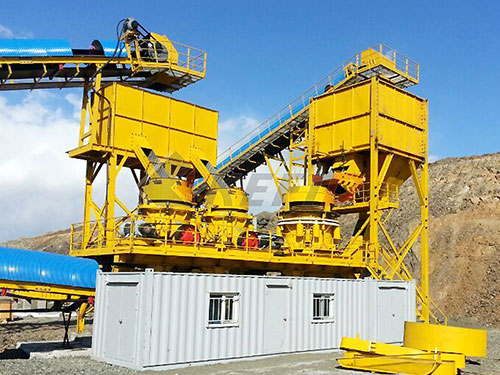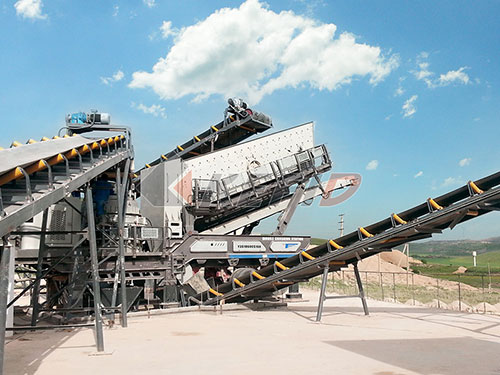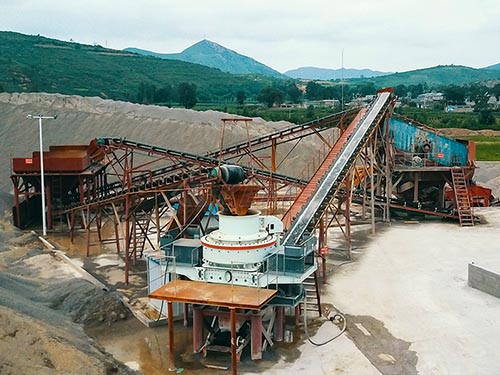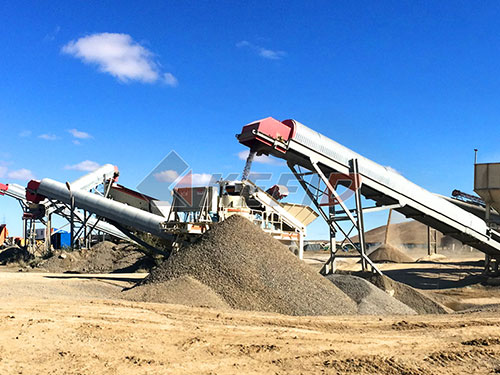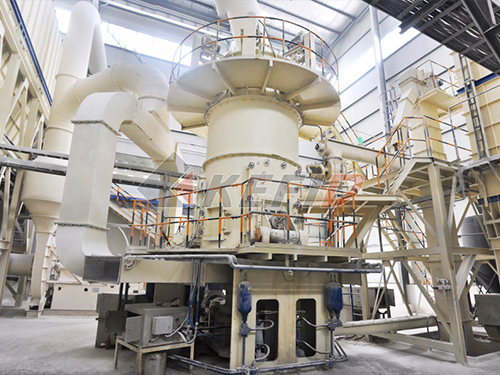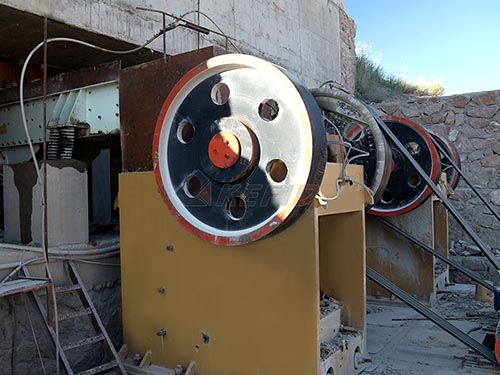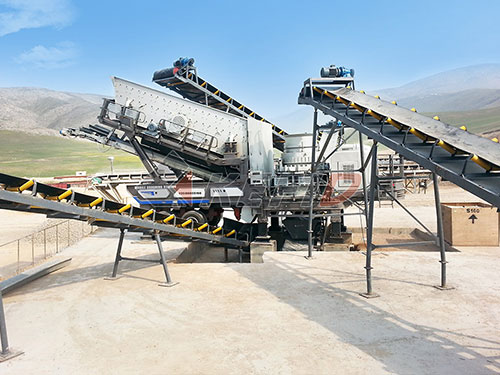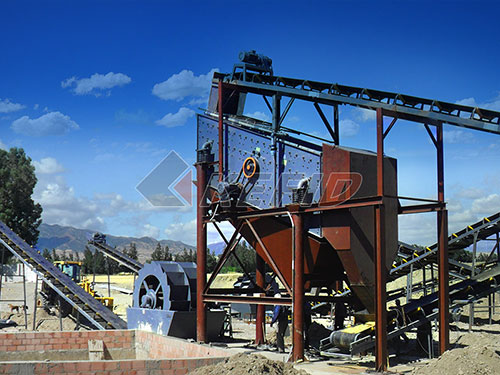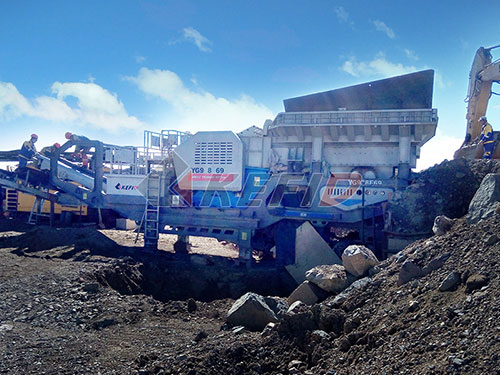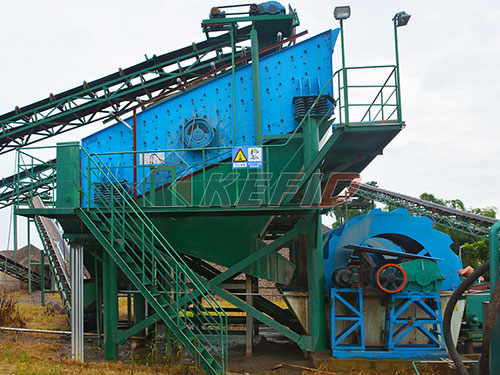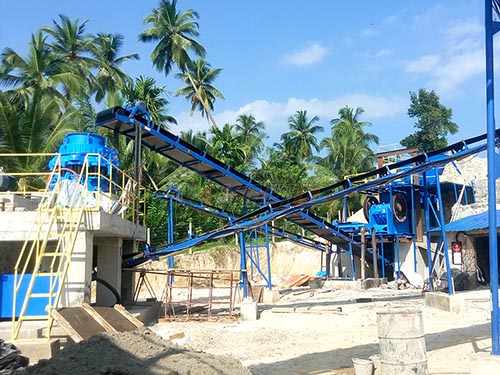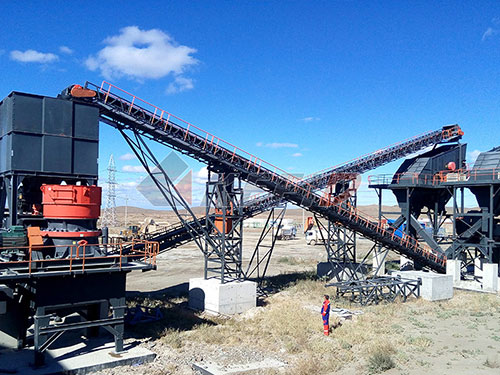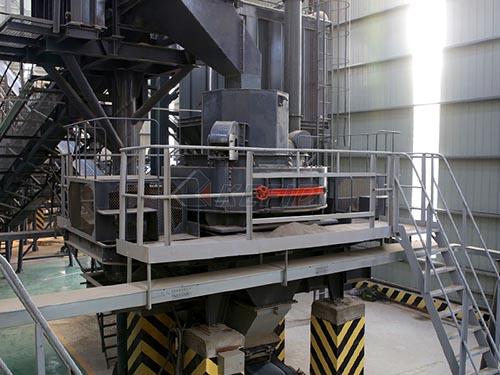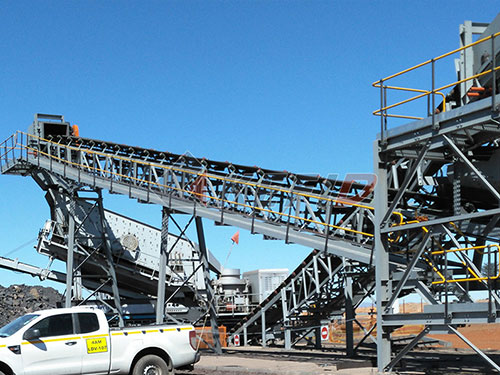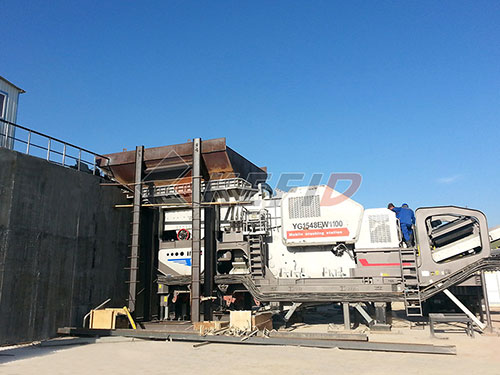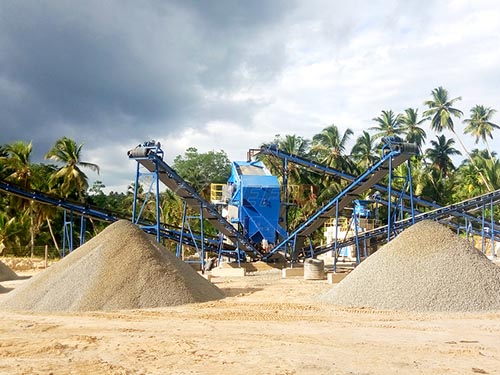Unleashing Power: The Dragon Cone Crusher Revolutionizing Material Processing
In the demanding world of aggregate production, mining, and recycling, efficiency, reliability, and consistent output are paramount. Enter the Dragon Cone Crusher – not just another piece of crushing equipment, but a sophisticated technological powerhouse designed to dominate challenging applications with unparalleled performance and durability. This article explores why the Dragon Cone Crusher represents a significant leap forward in secondary and tertiary crushing technology.
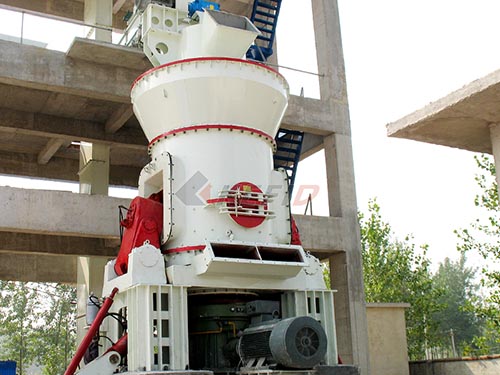
Beyond Basic Crushing: Engineering Excellence
The Dragon Cone Crusher transcends conventional designs through meticulous engineering focused on maximizing productivity while minimizing operational costs:
1. Advanced Chamber Geometry: Engineered with optimized cavity profiles (available in various configurations like coarse, medium, fine), the Dragon Crusher ensures superior particle shape and consistent gradation control. This precision minimizes recirculation load and directly contributes to higher-quality end products essential for demanding applications like high-grade concrete or asphalt.
2. Robust Hydraulic System: At its heart lies an intelligent hydraulic system that provides multiple critical functions:
Overload Protection: Safeguards the crusher against tramp metal or uncrushable material by instantly releasing the crushing chamber.
Setting Adjustment: Allows operators to adjust the closed-side setting (CSS) quickly and precisely under load via push-button controls or automation interfaces – crucial for maintaining product specifications without downtime.
Chamber Clearing: Enables rapid clearing of blockages by hydraulically lowering the main shaft.
3. Enhanced Wear Life & Protection: Utilizing high-quality manganese steel liners optimized for specific applications dramatically extends wear life. Sophisticated liner retention systems ensure secure fitting and easier replacement during maintenance periods.
4. Optimized Drive & Bearings: A powerful motor coupled with efficient gearing delivers substantial crushing force where it’s needed most. Robust bearings are specifically sized and protected from dust ingress to ensure longevity even under continuous heavy-duty operation.
5. Integrated Automation & Monitoring: Modern Dragon Cone Crushers seamlessly integrate with plant control systems (e.g., PLCs). Real-time monitoring of key parameters like power draw, pressure levels, CSS setting, feed levels (via optional sensors), and bearing temperature allows for predictive maintenance and optimized performance tuning.

The Dragon Advantage: Tangible Benefits
Investing in a Dragon Cone Crusher translates into measurable operational improvements:
Higher Throughput & Efficiency: Optimized kinematics and chamber design maximize material flow and reduction ratios, significantly increasing tons-per-hour output compared to
